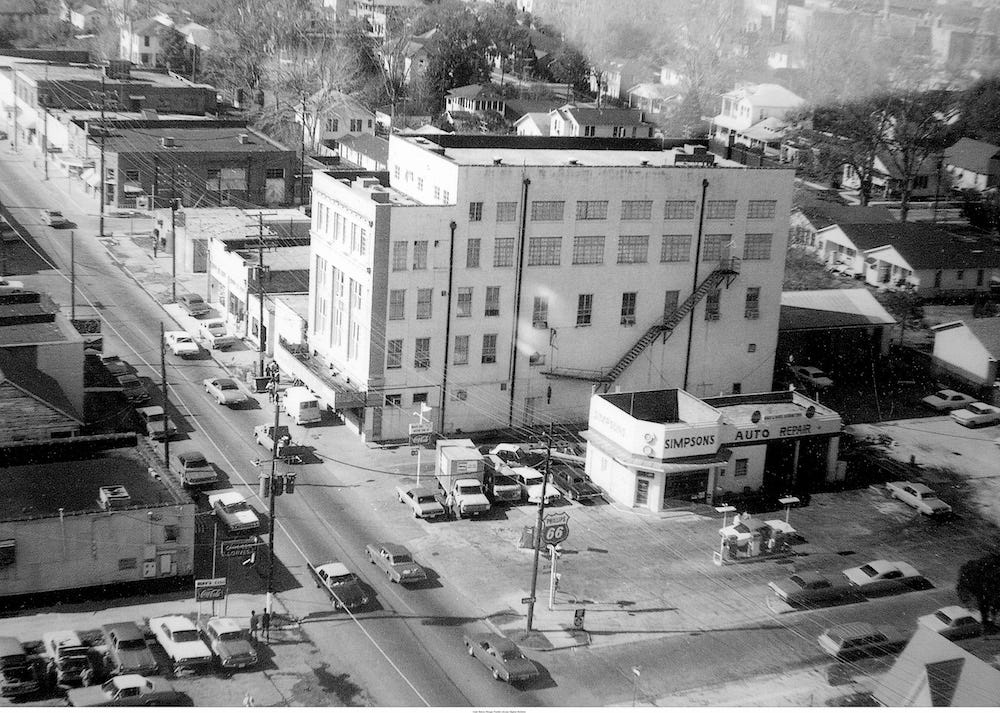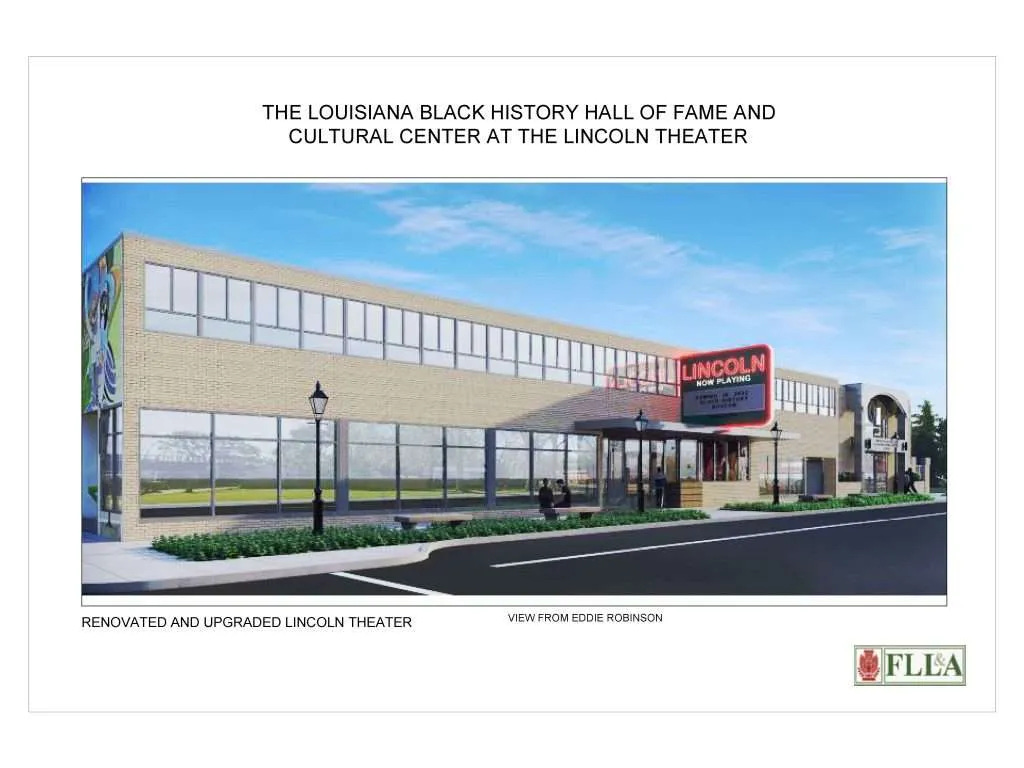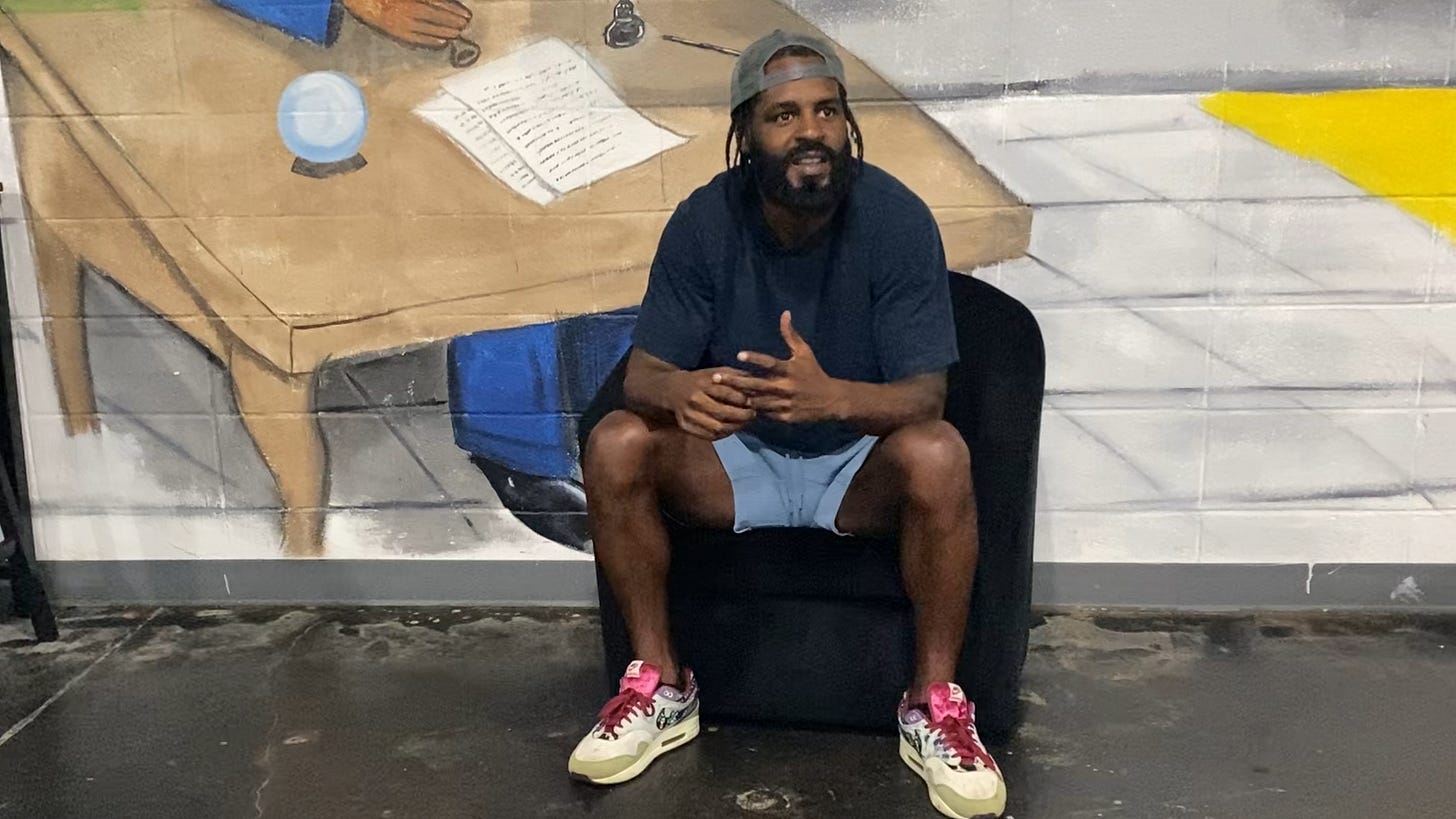It’s Black History Month, and we’re taking a ride through time, literally and figuratively, as we honor the rich history of Downtown East, one of Baton Rouge’s historically Black neighborhoods. This area has seen it all, and its stories deserve to be told, preserved, and celebrated.
For decades, Downtown East, which is part of South Baton Rouge, was a thriving center for Black businesses, culture, and community. It’s where legends like Louis Armstrong and Ella Fitzgerald once walked, where freedom riders sat in protest, and where neighbors took care of each other in times of joy and struggle. As Baton Rouge expanded, a portion of South Baton Rouge was absorbed by the Downtown Development District, ensuring that this historic neighborhood would continue to play a central role in the city’s future.
Prince Hall Masonic Temple: A New Era Begins
If those walls could talk, the Prince Hall Masonic Temple would have some stories to tell! Back in the day, this wasn’t just a Masonic lodge, it was THE place to be. The Temple Roof Garden was famous for its live music, where jazz and blues notes floated through the night, calling people to dance, celebrate, and connect.
The historic temple is getting a second life! According to a recent Downtown Development District update, the building is about to undergo a massive renovation, transforming it into 46 mixed-income apartments. They are keeping the iconic ballroom that will be used as an event space. This historic building will continue serving the community, just in a new way. The project is expected to break ground soon, ensuring that while its purpose may shift, the spirit of the Prince Hall Masonic Temple lives on.
Lincoln Theater & Lincoln Hotel: Breathing Life Back Into a Cultural Landmark
Two additional landmarks are being brought back to life. The renovation of the Lincoln Theater is expected to be completed in May. The Lincoln Hotel has also been long in the works for its restoration. Issues that began during COVID-19 prevented the project from moving forward on schedule, but those issues seem to be over and the project is expected to get fully under way very soon.
Along with our friends from City to City Riderz, we are planning a community day ride where we can take a bike ride to get a sneak peak at the progress of the venue. It’s expected to be complete in May, but we are looking at making a March ride over to see the space.
Anthony Kimble
One name behind all of these projects is Anthony Kimble. He’s one of the key developers leading the charge to bring these historic spaces back to life, and he’s doing it with a deep respect for the neighborhood’s history.
Over the summer, we had the chance to hear directly from Kimble about his approach to development and community-driven change.
WATCH his full talk during our visit
Key Takeaways from His Talk:
It’s About More Than Buildings – Kimble emphasized that revitalization isn’t just about construction—it’s about people. The goal is to honor the history while creating new opportunities for those who live here.
Affordable & Accessible Housing – The Lincoln project isn’t about gentrification; it’s about preserving culture and making sure the people who built this community can continue to thrive in it.
Keeping the Spirit of the Lincoln Alive – He talked about how the theater was a hub for Black artists, and how the new space will continue to support the arts and serve as a cultural gathering place.
Empowering Local Business Owners – Kimble stressed the importance of supporting Black-owned businesses and ensuring that future developments benefit long-time residents, not push them out.
It’s inspiring to see someone putting in the work to uplift an area that has dealt with decades of disinvestment, and we’re excited to see his vision come to life.
Moments That Made History in Downtown East
All three locations were part of iconic moments in the Baton Rouge Civil Rights movement. Here are some moments during the Civil Rights movement that remind us of the power of community, courage, and change:
Baton Rouge Bus Boycott (1953) – Before Montgomery, there was Baton Rouge. Black residents organized a powerful bus boycott that laid the foundation for the Civil Rights Movement.
Kress Lunch Counter Protest (1960) – Young Black activists refused to move from a segregated lunch counter at Kress department store, taking a stand against injustice.
Swim-In at City Park (1963) – A brave group of protestors jumped into Baton Rouge’s whites-only public swimming pools, demanding an end to segregation.








Great idea to include the Kimble discussion